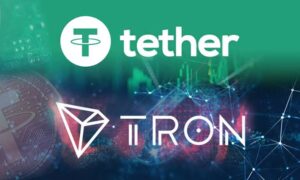
Stablecoins are a unique class of cryptocurrencies designed to minimize price volatility by pegging their value to stable assets, such as fiat currencies (e.g., USD), commodities (e.g., gold), or a basket of cryptocurrencies. They combine the benefits of traditional assets’ stability with the flexibility and efficiency of digital currencies.
Types of Stablecoins;
1. Fiat-Collateralized: These stablecoins are backed 1:1 by fiat currencies held in reserves. For example, each Tether (USDT) or USD Coin (USDC) is backed by an equivalent amount of USD in a bank account. They maintain stability through direct asset backing.
2. Crypto-Collateralized: Backed by a basket of cryptocurrencies, these stablecoins, such as DAI, use smart contracts to lock up collateral and issue tokens. Over-collateralization (holding more collateral than the value of the issued stablecoins) helps manage volatility.
3. Algorithmic Stablecoins: These rely on algorithms and smart contracts to maintain their value by adjusting the supply based on demand. For example, TerraUSD (UST) was intended to keep its peg through automated adjustments, although it faced challenges.
How They Work:
Stablecoins function through mechanisms that ensure their value remains stable relative to the asset they’re pegged to. Fiat-collateralized stablecoins rely on audited reserves to back their value, while crypto-collateralized and algorithmic stablecoins use automated processes to maintain their peg. Users can trade or use stablecoins for transactions without worrying about price fluctuations.
Conclusion:
Stablecoins provide a bridge between traditional finance and the digital economy, offering stability for transactions, remittances, and as a store of value within the volatile cryptocurrency market. Their role is pivotal for broader crypto adoption, particularly in decentralized finance (DeFi) applications.






